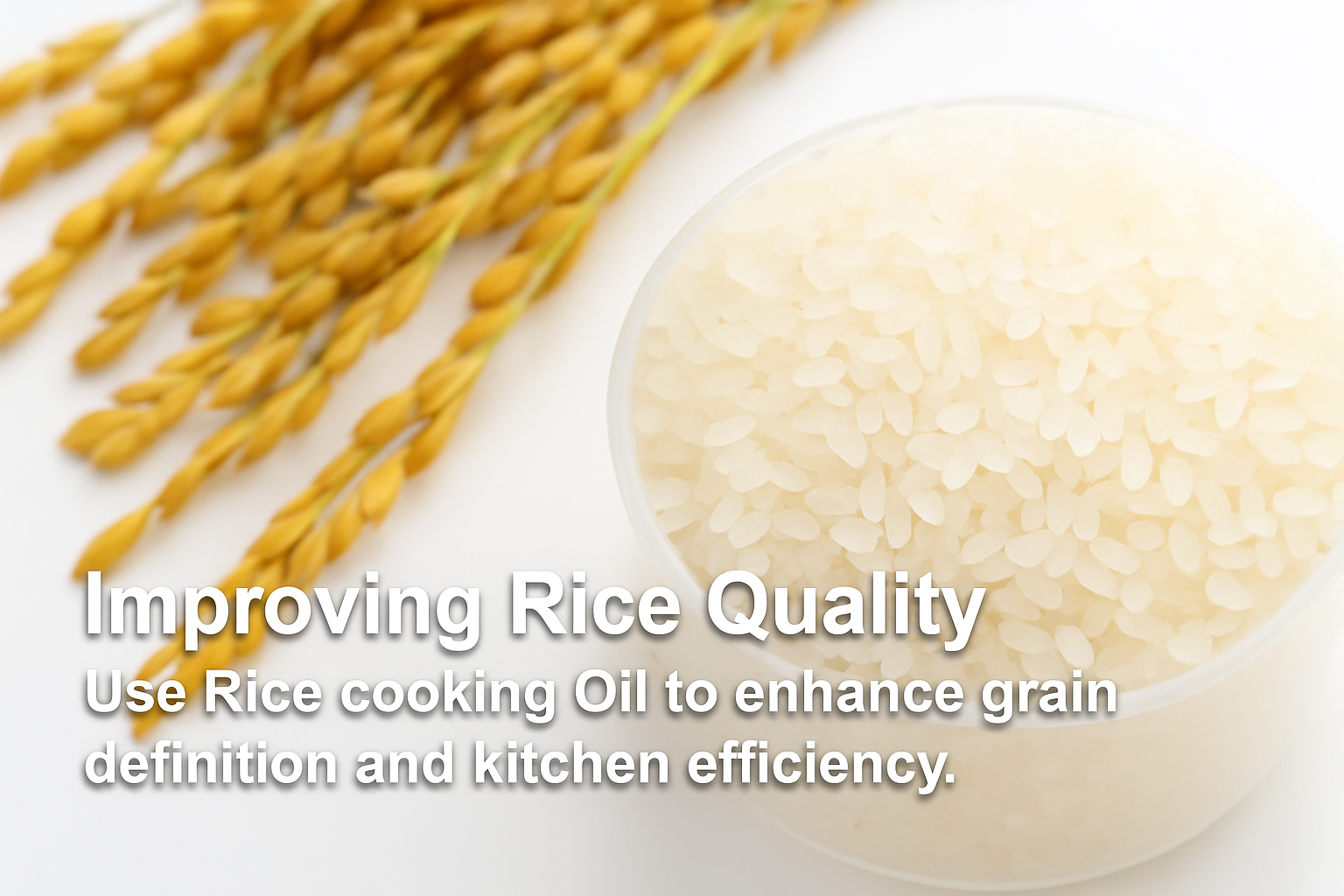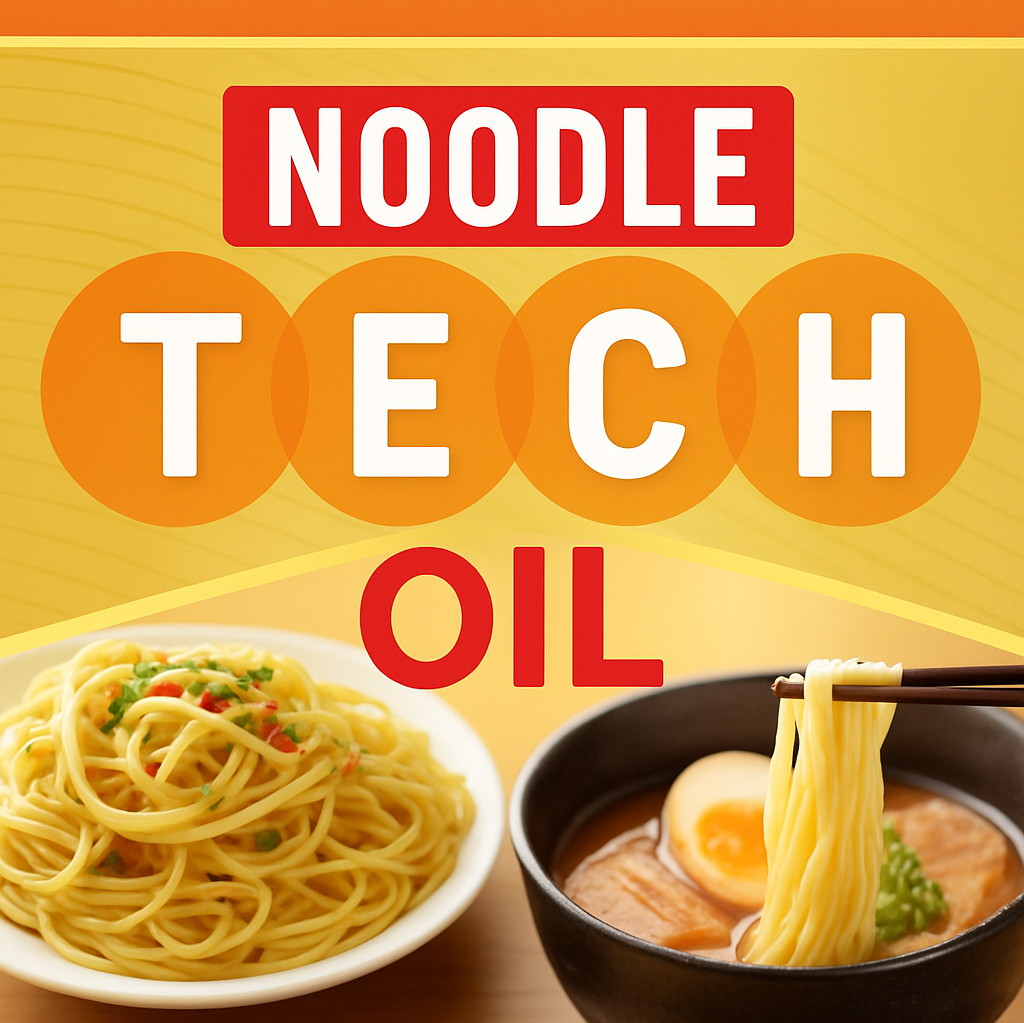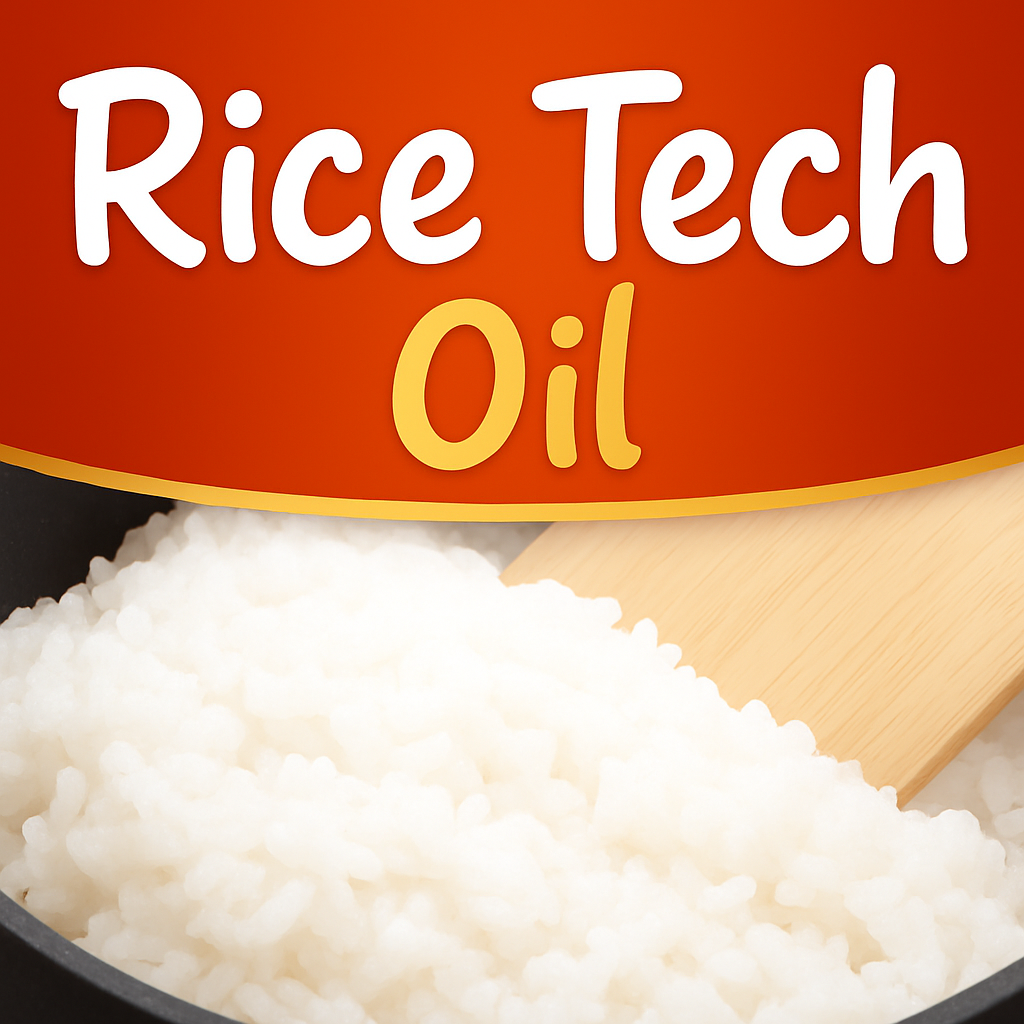For the second year in a row, Japan experienced record-breaking heat this summer. Prolonged high temperatures significantly affect agricultural products, and rice is no exception. Heat stress on rice plants directly impacts the texture of cooked rice. In addition, fluctuating weather conditions create challenges in selecting suitable varieties and sourcing regions.
This article explores how extreme heat affects rice quality, the resulting impact on market prices, and how rice cooking oil can serve as an effective countermeasure.
Contents
Increasingly Severe Summer Heat
The summer of 2024 was again marked by record-setting high temperatures. In July, six observation points recorded maximum temperatures exceeding 40°C, while August brought relentless heat, particularly across western Japan, under strong high-pressure systems.
According to the Japan Meteorological Agency, the average temperature from June to
August was 1.76°C above the 30-year baseline (1991–2020), making it—alongside 2023—the hottest summer since records began in 1898.
Quality Challenges in Rice Caused by Extreme Heat
Rice is typically planted in spring, matures through the summer, and is harvested in autumn. If high temperatures persist during the maturation period, heat-related damage can occur.
One such phenomenon is “immature white kernels” (shirami-jukuryū). When rice cannot produce enough starch due to heat stress, gaps form inside the grain, resulting in an opaque, milky-white appearance. In brown rice, these are referred to as immature white kernels, while in polished rice they are called chalky grains.
Rice with a high proportion of such kernels tends to cook to a softer, stickier texture. Because of the internal gaps, starch leaches more easily during cooking, often resulting in clumping or mushiness. This negatively affects workability, making it more difficult to loosen rice, portion servings, or shape onigiri.

Brown rice |

Immature white kernels (shirami-jukuryū) |
In 2023, the share of top-grade rice (Class 1) declined significantly across Japan, largely due to the widespread occurrence of immature white kernels. While the 2024 harvest saw an overall recovery in Class 1 rice ratios, the presence of immature white kernels remained at similar levels to the previous year, indicating continued influence from extreme heat.
Impact on Market Prices
Fluctuations in the proportion of Class 1 rice directly affect trading prices. In 2023, the nationwide decline in Class 1 rice created instability in supply, contributing to price volatility. In 2024, availability varied by region and variety, creating differences in market tightness.
Adding further pressure, inbound tourism and stockpiling related to disaster preparedness boosted demand in early autumn, just before the distribution of new rice began. As a result, the Ministry of Agriculture, Forestry and Fisheries reported in its October preliminary data that the average transaction price of all rice brands was 151% higher compared to the previous year.
Practical Measures for Rice Quality and Consistency
Given the instability in both quality and price, many food businesses face concerns such as:
· The same rice we have always used now cooks differently.
· We are considering new varieties or regions due to rising prices, but are unsure if we can maintain consistent taste and texture.
While careful sourcing is essential, a simple and effective supplementary measure is the use of rice cooking oil.

How Rice Cooking Oil Improves Texture and Workability
Rice cooking oil is added to the rice cooker before cooking. As the rice cooks, the oil coats each grain, enhancing both texture and handling. Unlike standard oils, rice cooking oil disperses uniformly in water, ensuring that its benefits extend evenly throughout the entire batch.
Key benefits include:
· Enhanced grain definition
· Easier handling and reduced sticking
For example, Rice Tech Oil helps rice maintain clear
grain definition, minimizing inconsistencies caused by variations in rice quality. It also reduces stickiness, improving efficiency in portioning, plating, and onigiri shaping.
The following comparison illustrates the difference:
· Without rice cooking oil: grains appear soft and clumped
· With Rice Tech Oil: grains are distinct, glossy, and evenly separated

Without Rice Tech Oil |

With Rice Tech Oil |
Additionally, rice cooked with this oil remains delicious for longer when kept in warming jars, contributing to higher customer satisfaction.

Without Rice Tech Oil |

With Rice Tech Oil |

Improving Rice Quality Control with Rice Cooking Oil
Extreme heat is expected to remain a recurring challenge. To consistently deliver high-quality rice dishes, it is important to anticipate variations in rice quality by region and harvest year, and adopt practical countermeasures.
Rice Tech Oil enhances grain definition, prevents excessive stickiness, and improves work efficiency. Even when rice is held in warming jars, its flavor and texture are preserved, ensuring customer satisfaction.
The recommended usage is one tablespoon (approximately 14 g) per 1.5 kg of uncooked rice. The product is designed with a convenient cap for easy measuring and pouring.
If you are considering practical measures to manage rice quality, we encourage you to try Rice Tech Oil.
Samples are available upon request through the link below.




